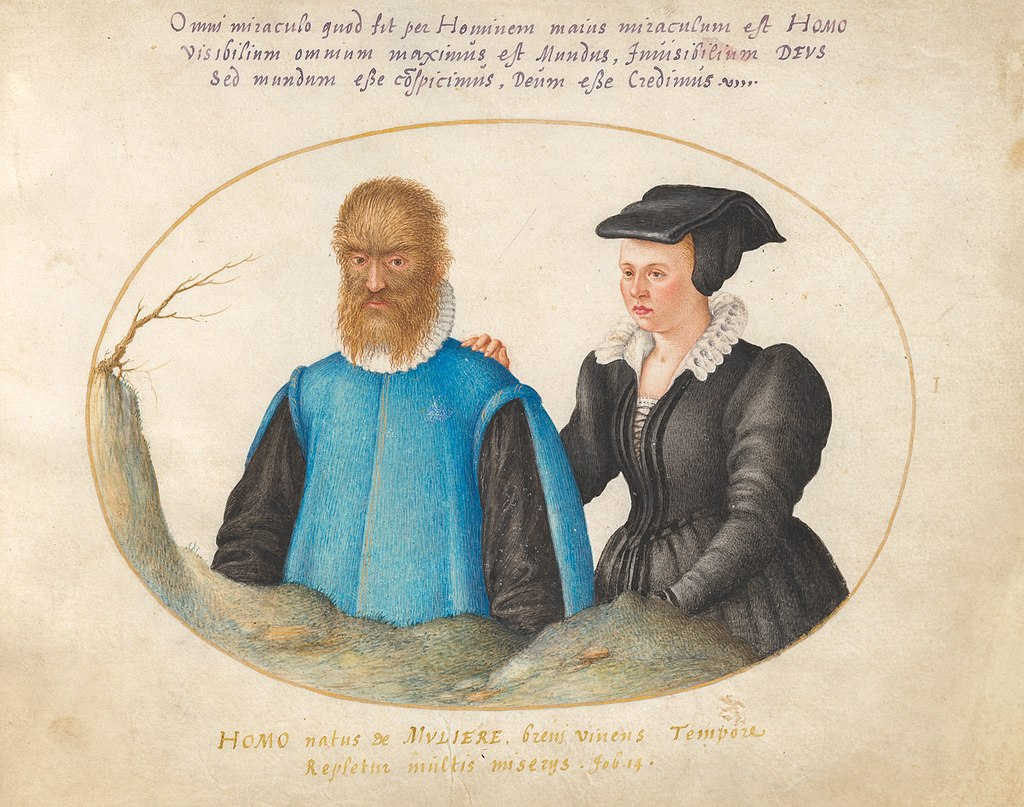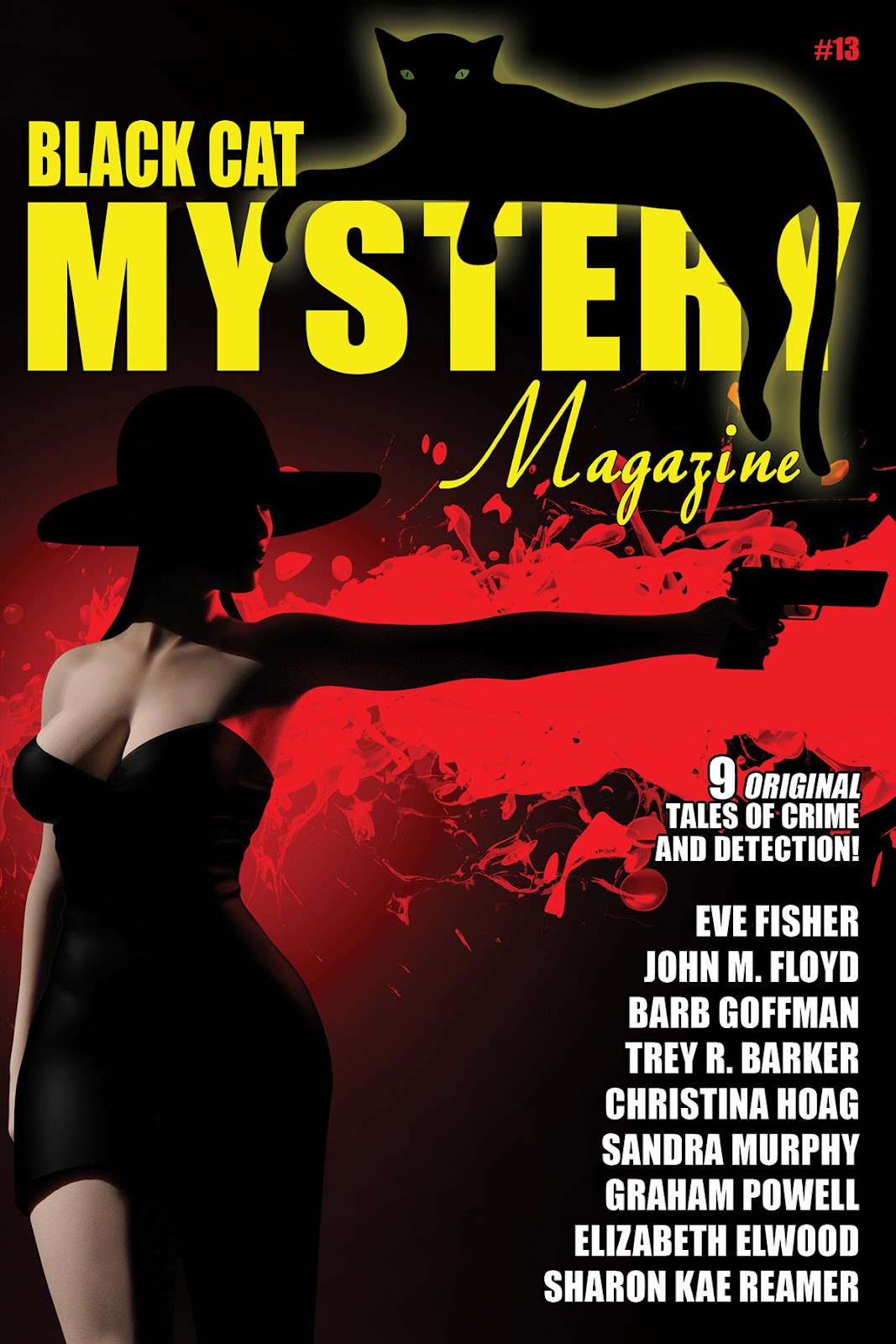We had "Boobgate" – where a Senator and her husband decided to discuss breast feeding and how to get your spouse to help you (with hand gestures) to a young female staffer in the staffer's office. You really can't make this stuff up. (LINK)
We have had seemingly endless anti-trans, anti-drag, anti- bills. The anti-trans / anti-gender affirming care passed. BTW, no one seemed to note that this bill denied parental rights in medical care for their child, i.e., if the parents agreed that their minor needed gender affirming care.... it was still illegal. And how about this bit from HB 1080?
Section 2: Except as provided in section 3 of this Act, a healthcare professional may not, for the purpose of attempting to alter the appearance of, or to validate a minor's perception of, the minor’s sex, if that appearance or perception is inconsistent with the minor's sex, knowingly:
(6) Remove any healthy or non-diseased body part or tissue.
And the only exceptions in Section 3 are for a "medically verifiable disorder of sex development, including external biological sex characteristics that are irresolvably ambiguous; A minor diagnosed with a disorder of sexual development... or A minor needing treatment for an infection, injury, disease, or disorder.
Sounds like that outlaws circumcision, doesn't it? I see lawsuits coming up.
The anti-drag show bills did not pass, perhaps partially because "Tootsie: The Musical" was playing at the Washington Pavilion during the legislature, and enough legislators realized that they'd occasionally enjoyed a good comedy that depended on one of the male characters being dressed as a woman and wanted to continue to be able to have a good laugh. (As I've said before, you can have my copy of "Some Like It Hot" when you tear it from my cold, dead hands.)
The legislature declined to help local counties build new jails with funding, ignoring "the drastic increase in crime" that was the reason they passed at least one of Governor Noem's pet projects, two new prisons, one in Rapid City, and one outside of Sioux Falls.
And they went into a real tear about inmates serving their time. There was a "Truth in Sentencing" bill which would require that inmates convicted of violent crimes serve 80% of their sentence before being considered eligible for parole. Well, I wrote a lot of people about that one. Because here's the deal: sentencing comes after a conviction, which comes after a trial, which comes after being charged by the state's attorney, and what the state's attorney charges someone with can... vary.
True story, no names given: When I was teaching at SDSU, I had a white student who was arrested, tried and convicted of killing his father. He was charged with Second Degree Manslaughter and got 20 years. Meanwhile, a Native American was arrested, tried and convicted of killing someone in a bar brawl that got taken out into the parking lot. He was charged with First Degree Manslaughter and got life without parole. So killing your father gets less time than killing someone in a drunken brawl? What's fair about that?
True story, all names given: Former AG Jason Ravnsborg struck and killed a man while driving late at night. The sheriff drove him home, and no alcohol test was made until the next day; Ravnsborg swore he thought it was a deer, even though the man's eyeglasses were in the front seat of his car, proving the man went through windshield; etc., etc., etc. Prosecutors chose not to charge Ravnsborg with vehicular homicide or second-degree manslaughter. (Yes, I know guys who are doing time in the pen for such behavior.) Instead, he was charged with careless driving (which was dismissed), driving out of his lane, and operating a car while using a cellphone. He had to pay $1,000 and court costs, and that was it. In that case just about everyone agreed with me that this was special treatment, and the uproar eventually resulted in his impeachment: but he never spent a day in jail. He was never even fingerprinted.
So I've basically been screaming START WITH WORKING ON HAVING FAIR AND BALANCED CHARGES!!!!
Except we know it won't happen.
Then there's a recent case where a Native American got out on parole and got arrested for his 8th DUI. So that launched a new set of demands for mandatory prison sentencing for multiple DUIs, etc., which will only apply to "certain people". I know this because, back when I worked for the UJS, I saw a man whose family was very influential / wealthy / powerful in a certain county, who was constantly being stopped for DUI, often in possession of drugs, often escorted home, and was never arrested. I used that guy as the prototype for Vic Adger in my story, "The Closing of the Lodge" (AHMM, Nov/Dec 2022), except that Vic was far more of a gentleman. Look, I'm not saying that alcoholics with multiple DUIs aren't dangerous - but some treatment would help, and they're not going to get that in prison.
Once more, for the cheap seats: Incarceration does not "fix" addiction.
And now for something completely different! Hirsutism!
Did you know that humans still carry the genes for a full coat of body hair? (WaPo) Turns out we're kind of like elephants, which historically speaking, began as woolly mammoths. Which instantly made me think of werewolves: Hypertrichosis, a/k/a werewolf syndrome, is "an abnormal amount of hair growth over the body." But now it seems like it's less of an infection and more of a throwback.
Anyway, meet Petrus Gonsalvus, 1537-1618, "the man of the woods", and his wife Lady Catherine. Their marriage is considered to be a partial source of the "Beauty and the Beast" legend. Four of his seven children suffered from the same syndrome:
http://www.nga.gov/content/ngaweb/Collection/art-object-page.69680.html
Gonsalvus served in the courts of Henry II of France, and successive rulers of Parma. "Despite living and acting as a nobleman, Gonsalvus and his hairy children were not considered fully human in the eyes of their contemporaries."
"Even a man who is pure in heart, and says his prayers by night;
May become a wolf when the wolfsbane blooms and the autumn moon is bright."
For those who don't know, wolfsbane is one name for a member of the aconitum family. Like Monkshood (Below):
Aconitine is a potent neurotoxin and cardiotoxin. "Marked symptoms may appear almost immediately, usually not later than one hour, and "with large doses death is almost instantaneous". Death usually occurs within two to six hours in fatal poisoning (20 to 40 mL of tincture may prove fatal).[25] The initial signs are gastrointestinal, including nausea, vomiting, and diarrhea. This is followed by a sensation of burning, tingling, and numbness in the mouth and face, and of burning in the abdomen.[3] In severe poisonings, pronounced motor weakness occurs and cutaneous sensations of tingling and numbness spread to the limbs. Cardiovascular features include hypotension, and ventricular arrhythmias. Other features may include sweating, dizziness, difficulty in breathing, headache, and confusion. The main causes of death are ventricular arrhythmias and asystole, or paralysis of the heart or respiratory center.[25][26] The only post mortem signs are those of asphyxia." (Wikipedia) (My emphasis added.)
I'd say there's more to worry about than wolves or werewolves when the wolfsbane blooms. In fact, aconite sounds like a handy plant to have in the garden... in a cloud-cuckoo land sort of way, of course. We "do but jest, poison in jest, no offense i'th' world."
And now for some BSP:
My story, "Cool Papa Bell", is in Josh Pachter's Paranoia Blues;
Just because you're in prison doesn't mean there's no more crime...
https://downandoutbooks.com/bookstore/pachter-paranoia-blues/
And on Amazon HERE
On Amazon HERE.











































